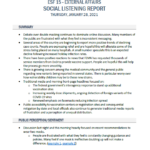
Debate over double masking continues to dominate online discussion. Many members of the public are frustrated with what they feel is inconsistent messaging.
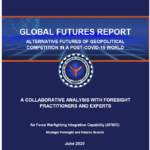
The COVID-19 pandemic sheds an important light on the criticality of futures-based thinking to move us beyond conventional assumptions and positions. In today’s chaotic cycle of rapid change, growing complexity, and radical uncertainty, the national security establishment must develop the skills and flexibility to adapt to the unexpected. To be sure, the fallout from COVID-19 has revealed overlooked vulnerabilities for our supply chains, our society, our economy, and—most pertinent for this report— our national security strategy, which relies on all three. The primary aim of this report is to disrupt how we conceptualize national security futures. Rather than arrive at “definitive” conclusions or prescribe budgetary, policy, or force structure recommendations, this document instead challenges us to consider how the future can defy accepted probabilities to affect the Department of Defense and the Department of the Air Force.
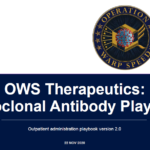
This playbook is intended to support sites interested in administering COVID-19 treatment under EUA including:
• Existing hospital or community-based infusion centers
• Existing clinical space (e.g. urgent care, emergency depts)
• Ad hoc new infusion sites (e.g. “hospitals without walls”)
• Long-term care facilities or home infusions with infusion delivery capability
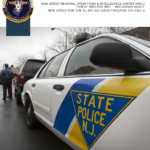
The New Jersey Regional Operations & Intelligence Center (ROIC) conducted research regarding the process necessary for successful recovery from COVID-19. This research and subsequent analysis focused on proper return-to-work procedures for first responders, while ensuring the safety of all. Although limited data is available specifically referencing first responders, numerous international scientific studies provide best practices for determining an individual’s ability to safely resume their duties. Links for more information are provided throughout this report.
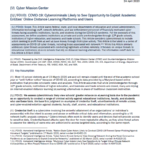
Most US school districts as of 23 March 2020 are and will remain closed until the end of the academic school year or “until further notice” because of COVID-19, according to data provided by a Maryland-based online publication that provides scholastic news and analysis. This Article assumes that while pre-kindergarten through 12th grade schools, institutions of higher education, and business and trade schools are closed, many are relying on internet-enabled distance learning (eLearning) alternatives in place of traditional classroom instruction.
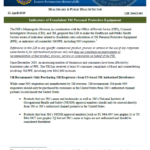
The FBI’s Minneapolis Division, in coordination with the Office of Private Sector (OPS), Criminal Investigative Division (CID), and 3M, prepared this LIR to make the Healthcare and Public Health Sectors aware of indicators related to fraudulent sales solicitation of 3M Personal Protective Equipment (PPE), or indicators of counterfeit 3M PPE, including N95 respirators.
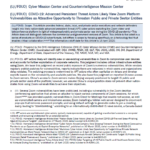
APT actors likely will identify new or use existing vulnerabilities in Zoom to compromise user devices and accounts for further exploitation of corporate networks. This judgment includes critical infrastructure entities using Zoom. We base this judgment on recent public exposure of Zoom’s numerous vulnerabilities. While vendors regularly publish patches for vulnerabilities, reports indicate there are instances in which users and organizations delay updates. The patching process is undermined by APT actors who often capitalize on delays and develop exploits based on the vulnerability and available patches.
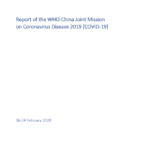
The COVID-19 virus is a new pathogen that is highly contagious, can spread quickly, and must be considered capable of causing enormous health, economic and societal impacts in any setting. It is not SARS and it is not influenza. Building scenarios and strategies only on the basis of well-known pathogens risks failing to exploit all possible measures to slow transmission of the COVID-19 virus, reduce disease and save lives.